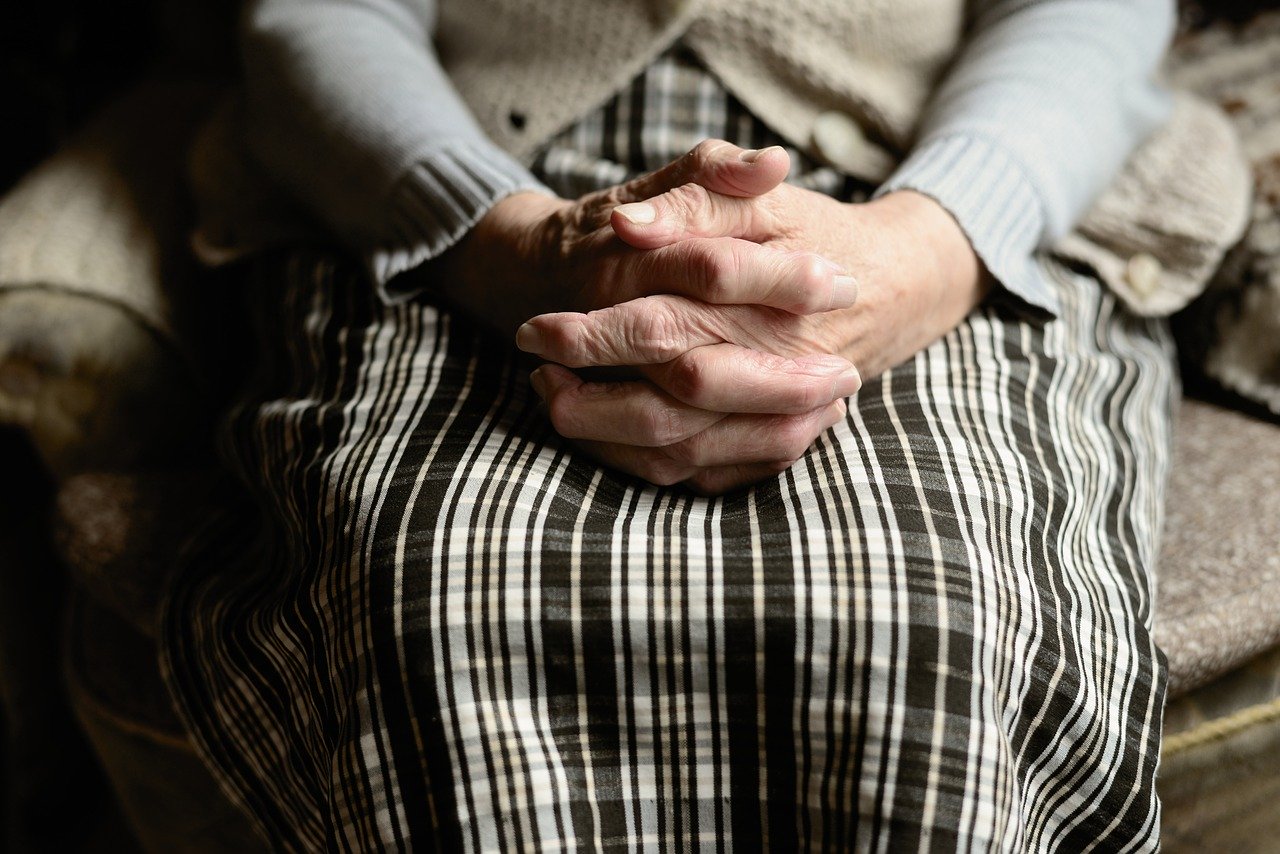Getting older is hard. While Oscar Wilde may have been onto something when he said: “With age comes wisdom,” he totally left out that with age also comes feeble bodies, increased diseases, memory issues, and loneliness.
Most people actively dread the idea of losing their independence and needing to live in a nursing home (even before old age sets in). In fact, according to a study published by the Guide to Retirement Living Source, senior citizens fear moving into a nursing home even more than they fear death.
That statistic alone is quite unsettling and tends to mean that more and more people are trying to find ways to stay in their homes as they age. Here are three ways to make growing older at home, or “aging in place,” easier to accomplish.
Remodel for Accessibility
Due to conditions like arthritis, Multiple Sclerosis, or merely the inevitable process of aging many individuals may want to consider their future abilities when remodeling their homes in the present. We may have just been diagnosed with a health issue, but these issues tend to only get worse as we age. For example, people with arthritis may eventually find the seemingly simple task of turning a doorknob difficult and/or painful at some point. Not to mention the difficulties of climbing into the tub, using the toilet, or climbing the stairs once we age and/or our disabilities worsen.
The study on “Aging in Place in America” found that the fear of having to live in a nursing home was so intense that 89 percent of those surveyed said that they would want to “age in place” (i.e. live out their remaining years in their own homes). Therefore, it could be wise to consider aging in place remodeling the next time we are considering a remodel on our homes. I mean, we can’t be young forever, right?
While it may seem early to consider being feeble when we don’t feel old yet, it’s never too early to make our homes more accessible for those with limited mobility. Plus, we never know when a sudden accident or health crisis could change things practically overnight.
Get Hearing Checked
According to the National Institute on Deafness and Other Communication Disorders (NIDCD), around one in three people between the ages of 65 and 74 have hearing loss. They also explain that having trouble hearing can not only make it difficult to understand and follow a doctor’s advice but increase one’s chances of feeling isolated. Therefore, getting our hearing checked by a Sound Relief Audiologist can be a great idea to get a hearing aid or possibly treat an underlying issue that could allow us to hear better again.
Grow a Support System
Regardless of how well we make our homes accessible for an aging body, there could very likely be things that we can no longer do ourselves as our bodies begin to fail us. For example, someone with dementia could forget to take much-needed medications or to turn off the stove. Or someone with Multiple Sclerosis could have trouble with hygiene and food preparation. Even without an underlying health issue, eventually, everyday tasks will be difficult. No matter how much we’d like to deny it, eventually we will need help.
Luckily, there are all kinds of resources for senior citizens out there. Or, in some cases, a mixture of these services and asking for help from family, friends, or neighbors with the tasks we can no longer do alone is a great option to feel like less of a burden on our loved ones without having to go into a care facility.
According to the National Institute on Aging, some communities even have “adult day care” to help caregivers out during the workday. These places provide a place to socialize and help for those who can no longer take care of themselves completely.

